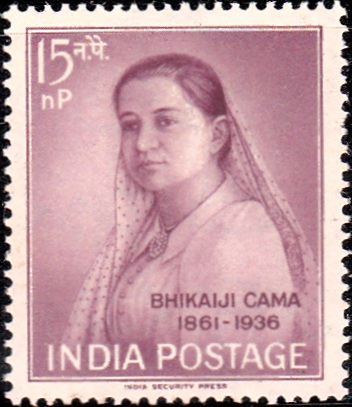
Bhikaiji Cama
A commemorative postage stamp on the Birth Centenary of Madam Bhikaji Rustom Cama, an Indian freedom fighter, founder of Paris Indian Society :
Issued on Jan 26, 1962
Issued for : The Posts and Telegraphs Department feels pride in paying this tribute to a person who made such valuable contribution to the cause of Indian independence whose ideals she summed up in her famous words : “India must be free; India must be a republic; India must be united.“
Design : The birth centenary of Madame Cama was celebrated a few months ago. The stamp now being issued bears a portrait of the great woman leader who dedicated her life to the cause of Indian freedom.
Type : Stamp, Mint Condition
Colour : Red Purple
Denomination : 15 nP
Size : 3.3 x 2.9 cms.
Perforation : 13½ x 14
Water mark : All over multiple “Lion Capital of Asoka“
Number printed : 2.5 million
Set : 42 stamps per issue sheet
Printing Process : Photogravure
Printed at : India Security Press
Name : Bhikaiji Rustom Cama
Born on Sep 24, 1861 at Navsari, Bombay Presidency, British India [now in Gujarat]
Died on Aug 13, 1936 at Bombay, British India [now Mumbai]
About :
- On Republic Day 1962, the Posts and Telegraphs Department is issuing a special postage stamp in honour of the late Madame Bhikaiji Cama.
- She was born on September 24, 1861. Her father was Framji Sorabji Patel, a businessman of Bombay. She studied at the Alexandera Parseee Girls’ School in Bombay and was married to Shri K.R. Cama, a leading solicitor.
- From an early age she took keen interest in social and political work. In 1902, because of failing health, she left India for Europe, spending a year each in Germany, Scotland and France before settling down in London. She came in contact with many Indian revolutionaries and also met Shri Dadabhoy Naoroji. She worked for the latter’s election to the British Parliament and from him she imbibed the idea of swadeshi. Her revolutionary speeches in the cause of India brought on her the wrath of the authorities. She started her own paper, the Bande Matram.
- On August 18, 1907, Madame Cama addressed the International Socialist Congress at Stuttgart, Germany. She gave an inspiring speech about the plight of her country. At the end of her speech she unfurled a Tri-colour flag in green, yellow and red with the words ‘Bande Matram‘ written on it, which she called the Indian national flag.
- Later she left for America where she sought help for the political emancipation in India. In a speech in America she declared, “We are peaceful, we do not want a bloody revolution, but we do want to teach the people their rights and throw off despotism.“
- She continued her campaigns in Europe, making speeches and producing leaflets to be sent to India. In a message to the youth of the country she said: “March forward, friends, and lead the helpless, dying, down-trodden children of the motherland to the goal of Swaraj in its right sense. Let our motto be: ‘We are all for India and for the Indian’.“
- She believed in the principle of non-cooperation and exhorted Indians not to accept any office, however high, under the British government.
- She also preached the gospel of unity. “Relations between countrymen“, she declared, “should be firm and resolute without bringing in the question of religion.“
- The authorities looked upon her as a dangerous revolutionary and her movements were closely followed. She found it safer to move to Paris in 1909.
- Despite the vigilance of the British authorities she managed to reach her leaflets and parcels to India. During the first World War, she was under surveillance and was interned. After the war she had to remain in exile and was allowed to return to India only when her health was completely broken down in 1935. She died in Bombay on August 30, 1936.


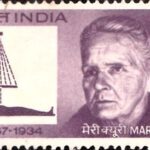

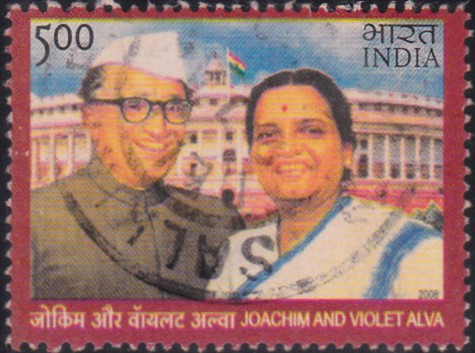
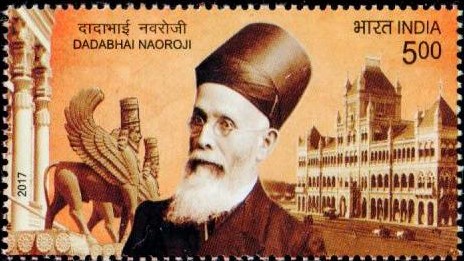
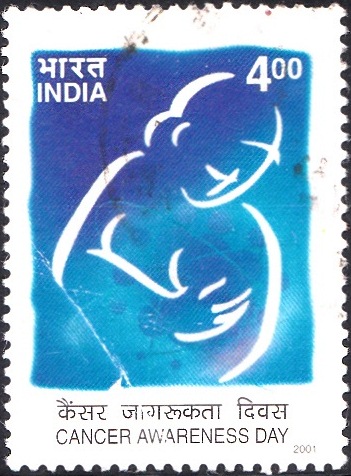

[…] In 1904, Savarkar, still an under-graduate, convened a meeting of nearly 200 of his trusted comrades and founded the “Abhinav Bharat” – an organisation dedicated to wresting freedom from the British rulers, if necessary with the use of arms. After graduation in 1905, he studied law in Bombay. The following year, Savarkar went to London to study law on a scholarship on the recommendation, among others of Lokmanya Tilak and in due course, was admitted in Gray’s Inn. Soon, the young revolutionary started the “Free India Society” in London as a recruiting ground for his secret organisation, the “Abhinav Bharat” and enrolled a number of Indians including Madame Cama. […]
[…] version of the tricolor was developed in the year 1907 by Madam Bhikaji Cama, Veer Savarkar and Shyamji Krishna Varma. This flag had three bands – green at the top, saffron […]